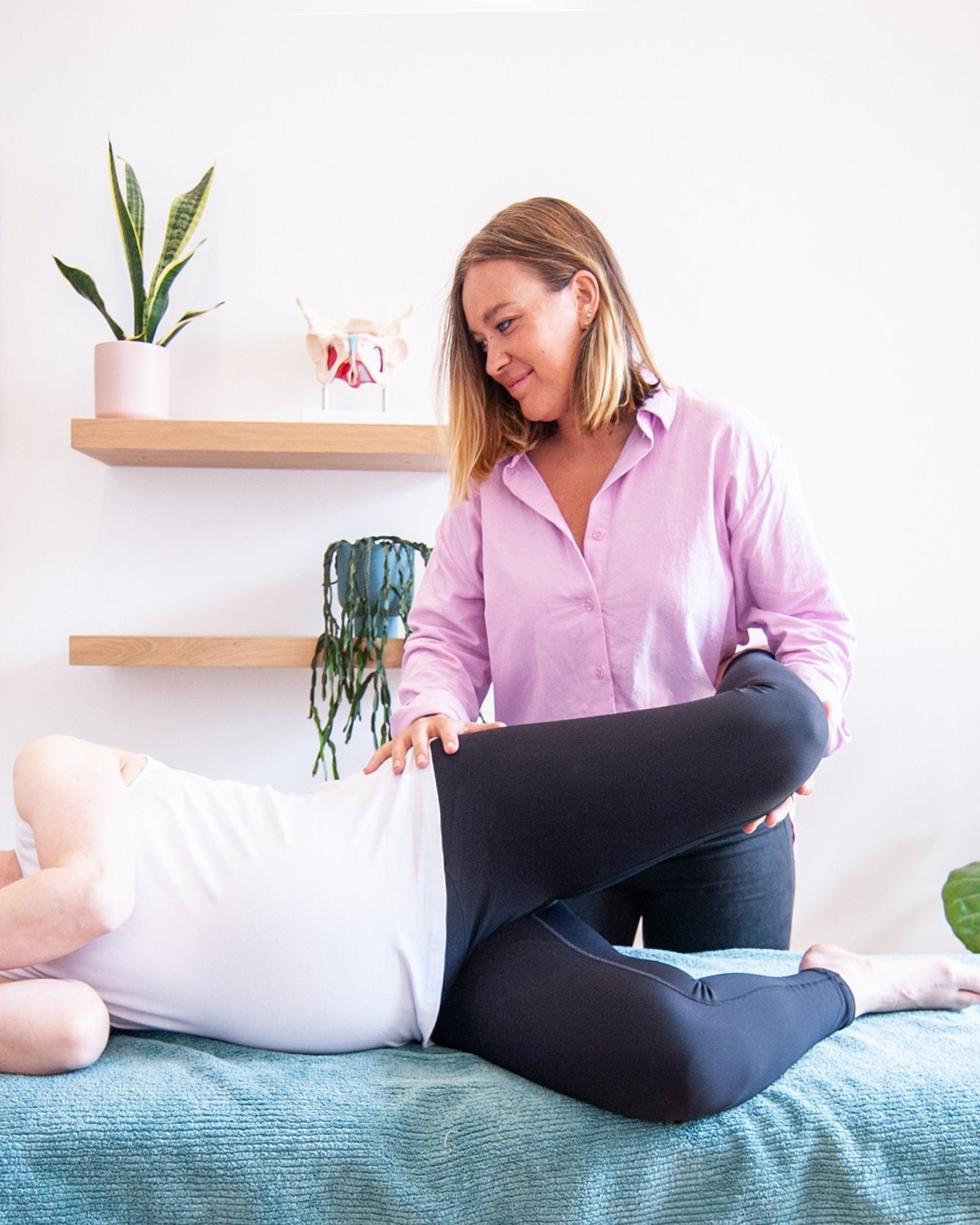PELVIC GIRDLE PAIN
Pelvic girdle pain, or as it is formally known, Pelvic Instability, is a generalized term to describe pain experienced anywhere in the pelvic region. This can be at the front (pubic symphysis), the back (sacroiliac joints) or the sides (hip joints) of the pelvis.
For some people, this pain can be mild and they are still able to function normally and enjoy their pregnancy. However, for others the pain can be debilitating, turning an otherwise special and magical time, into an unpleasant experience.
If this sounds familiar, you’re not alone as one in four pregnant women suffer with pelvic girdle pain (PGP) at some stage of their pregnancy and 7% of women continue to suffer with PGP after their baby is born.
CAUSE
The cause of pelvic girdle pain is different for every woman.
Ideally, during pregnancy your body will undergo many changes in a relatively short period of time. In order to adapt to changes in size and weight, your body releases a hormones. This allows the ligaments throughout your body to soften and stretch, helping your posture to adapt to your growing baby and change your centre of gravity.
When the ligaments of your pelvis become more relaxed and soften, your muscles are required to work extra hard in order to maintain good support for the pelvic joints.
If your body (muscles, joints, ligaments) adapts well to this increase in size and weight, you will likely experience minimal pain and discomfort.
While this process can sound rather simple, the reality is that, previous trauma, posture (alignment), movement patterns, and muscle weakness can all have an impact on your body’s ability to accommodate these changes. In turn this can cause strain to your pelvic ligaments, joints and muscles. The location of the pain is determined by which of the structures are under strain.
SYMPTOMS
The symptoms of Pelvic Girdle Pain range from pain in the pelvis, as mentioned previously [the front (pubic symphysis), the back (sacroiliac joints), or the sides (hip joints)] to pain that can also refer into the lower back, hips, groin, thighs and in some cases even knees.
Often the pain is made worse by movement such as
Walking
Getting in and out of the car
Climbing stairs
Rolling over in bed
Sitting
Getting dressed
Painful sexual intercourse
PGP can be mild or severe and can occur at any stage of the pregnancy, however it is more commonly experienced in the second and third trimesters.
What can I do to help?
Try doing the following
Focus on maintaining good posture while standing and sitting
Place a pillow between your legs while sleeping
Keep your legs together when getting in and out of a car
Sit to get dressed
Ice the area in your pelvis which is painful
Avoid
Prolonged periods of sitting
High heels
Heavy lifting
Carrying uneven loads, e.g. shoulder bags or a toddler on your hip
Pelvic Girdle Pain Osteopath
At Eastern Osteopathy Melbourne, we have the best osteo near you for pelvic girdle pain treatment. As osteopaths, we look at the body as a whole, and not just at the site of pain, with the aim to identify the cause of your PGP. Our osteopaths have all completed further training in osteopath treatment for pregnancy and postpartum and are experienced treating women throughout their pregnancy.
PGP can be treated at any stage of the pregnancy, generally the quicker you seek osteopathic care, the easier it is to resolve.
Although the ligaments of your pelvis are more relaxed when you are pregnant, there can still be joint restrictions within your pelvis that are contributing to your pain. Osteopaths can use a variety of gentle techniques to improve overall balance and alignment, relieving stress on ligaments and muscles; while also advising strengthening exercises and stretches to assist in the treatment.
Remember, PGP is not something you just have to ‘put up with’ until your baby is born. Early diagnosis and treatment can relieve symptoms; our experienced Osteopaths can help you continue with your normal everyday activities and be well for this exciting time in your life.
Despite pelvic girdle pain being most common during or after pregnancy, it is important to note that not all pelvic girdle pain is caused by pregnancy. Women who have never had children can develop pelvic girdle pain and 1 in 12 men will also experience PGP at some point in their lifetime, this can be as a result of a number of things including physical trauma or surgery.




